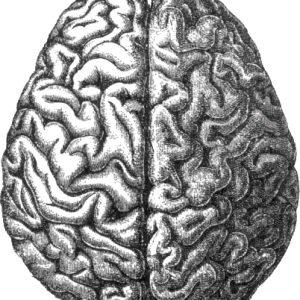 The numbers that you are about to see are likely to shock you. They prove that the global financial Ponzi scheme is far more extensive than most people would ever dare to imagine. As you will see below, the total amount of debt in the world is now more than three times greater than global GDP. In other words, you could take every single good and service produced on the entire planet this year, next year and the year after that and it still would not be enough to pay off all the debt. But even that number pales in comparison to the exposure that big global banks have to derivatives contracts. It is hard to put into words how reckless they have been. At the low end of the estimates, the total exposure that global banks have to derivatives contracts is 710 trillion dollars. That is an amount of money that is almost unimaginable. And the reality of the matter is that there is really not all that much actual “money” in circulation today. In fact, as you will read about below, there is only a little bit more than a trillion dollars of U.S. currency that you can actually hold in your hands in existence. If we all went out and tried to close our bank accounts and investment portfolios all at once, that would create a major league crisis. The truth is that our financial system is little more than a giant pyramid scheme that is based on debt and paper promises. It is literally a miracle that it has survived for so long without collapsing already.
The numbers that you are about to see are likely to shock you. They prove that the global financial Ponzi scheme is far more extensive than most people would ever dare to imagine. As you will see below, the total amount of debt in the world is now more than three times greater than global GDP. In other words, you could take every single good and service produced on the entire planet this year, next year and the year after that and it still would not be enough to pay off all the debt. But even that number pales in comparison to the exposure that big global banks have to derivatives contracts. It is hard to put into words how reckless they have been. At the low end of the estimates, the total exposure that global banks have to derivatives contracts is 710 trillion dollars. That is an amount of money that is almost unimaginable. And the reality of the matter is that there is really not all that much actual “money” in circulation today. In fact, as you will read about below, there is only a little bit more than a trillion dollars of U.S. currency that you can actually hold in your hands in existence. If we all went out and tried to close our bank accounts and investment portfolios all at once, that would create a major league crisis. The truth is that our financial system is little more than a giant pyramid scheme that is based on debt and paper promises. It is literally a miracle that it has survived for so long without collapsing already.
When Americans think about the financial crisis that we are facing, the largest number that they usually can think of is the size of the U.S. national debt. And at over 17 trillion dollars, it truly is massive. But it is actually the 2nd-smallest number on the list below. The following are 12 numbers about the global financial Ponzi scheme that should be burned into your brain…
–$1,280,000,000,000 – Most people are really surprised when they hear this number. Right now, there is only 1.28 trillion dollars worth of U.S. currency floating around out there.
–$17,555,165,805,212.27 – This is the size of the U.S. national debt. It has grown by more than 10 trillion dollars over the past ten years.
–$32,000,000,000,000 – This is the total amount of money that the global elite have stashed in offshore banks (that we know about).
–$48,611,684,000,000 – This is the total exposure that Goldman Sachs has to derivatives contracts.
–$59,398,590,000,000 – This is the total amount of debt (government, corporate, consumer, etc.) in the U.S. financial system. 40 years ago, this number was just a little bit above 2 trillion dollars.
–$70,088,625,000,000 – This is the total exposure that JPMorgan Chase has to derivatives contracts.
–$71,830,000,000,000 – This is the approximate size of the GDP of the entire world.
–$75,000,000,000,000 – This is approximately the total exposure that German banking giant Deutsche Bank has to derivatives contracts.
–$100,000,000,000,000 – This is the total amount of government debt in the entire world. This amount has grown by $30 trillion just since mid-2007.
–$223,300,000,000,000 – This is the approximate size of the total amount of debt in the entire world.
–$236,637,271,000,000 – According to the U.S. government, this is the total exposure that the top 25 banks in the United States have to derivatives contracts. But those banks only have total assets of about 9.4 trillion dollars combined. In other words, the exposure of our largest banks to derivatives outweighs their total assets by a ratio of about 25 to 1.
–$710,000,000,000,000 to $1,500,000,000,000,000 – The estimates of the total notional value of all global derivatives contracts generally fall within this range. At the high end of the range, the ratio of derivatives exposure to global GDP is about 21 to 1.
Most people tend to assume that the “authorities” have fixed whatever caused the financial world to almost end back in 2008, but that is not the case at all.
In fact, the total amount of government debt around the globe has grown by about 40 percent since then, and the “too big to fail banks” have collectively gotten 37 percent larger since then.
Our “authorities” didn’t fix anything. All they did was reinflate the bubble and kick the can down the road for a little while.
I don’t know how anyone can take an honest look at the numbers and not come to the conclusion that this is completely and totally unsustainable.
How much debt can the global financial system take before it utterly collapses?
How recklessly can the big banks behave before the house of cards that they have constructed implodes underneath them?
For the moment, everything seems fine. Stock markets around the world have been setting record highs and credit is flowing like wine.
But at some point a day of reckoning is coming, and when it arrives it is going to be the most painful financial crisis the world has ever seen.
If you plan on getting ready before it strikes, now is the time to do so.
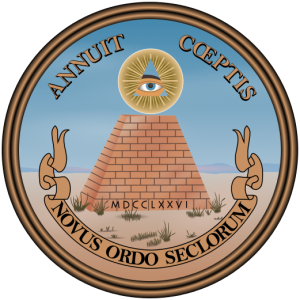

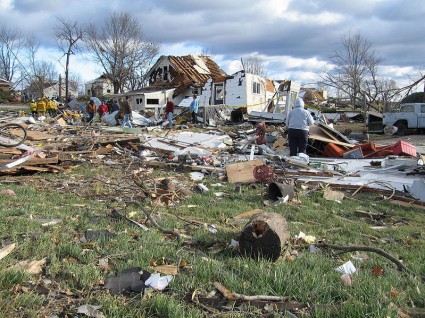
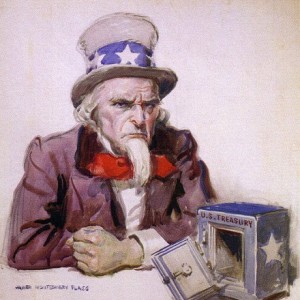
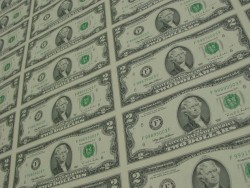
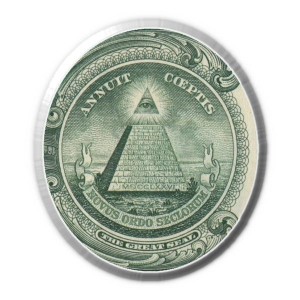 No, the headline is not a misprint.
No, the headline is not a misprint. 